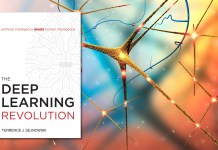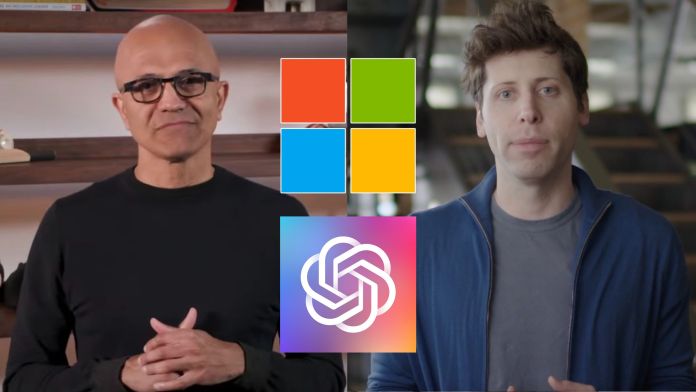This article is part of our series that explores the business of artificial intelligence
Since Microsoft made its first investment in OpenAI, I had been predicting that the two companies would be on a collision path. I just wasn’t convinced that they could bridge the gap between the AI lab’s long-term goal of achieving artificial general intelligence (AGI) and the short-term money-making goal of investors.
But my initial assessment was that the endgame would be for Microsoft to acquire OpenAI, especially as it continued to pour more money into the AI lab. But things started to change at the end of 2023, with OpenAI narrowly overcoming a major internal feud and Microsoft starting to diversify its portfolio by investing in open source AI models and started building its own moat around its Copilot brand.
Here is what Microsoft CEO Satya Nadella said Davos 2024 when asked about his company’s over-reliance on OpenAI:
“I feel we are very capable of controlling our own destiny… Our products are not about one model. We care about having the best frontier model, which happens to be GPT-4 today. But we also have Mixtral in Azure as a model as a service. We use Llama in places. We have Phi, which is the best SLM from Microsoft. So there is going to be diversity in capability and models that we will have, that we will invest in. But we will partner very very deeply with OpenAI.”
The signs of divergence continued to show throughout the year, with OpenAI not releasing a native Windows app (maybe to avoid undercutting Microsoft Copilot), but then releasing one anyway (at the expense of Microsoft). Tensions continued to grow as OpenAI continued to lose money (despite a massive $150 billion valuation after its latest funding round) and reports hinted at the bromance between the two companies showing signs of fraying.
With the market becoming commoditized, OpenAI no longer seems to have an undeniable advantage over competitors. Tech CEOs are increasingly raising concerns about the advances of Chinese models. And DeepSeek R1, an OpenAI o1 competitor, has been trained at a fraction of the cost, suggesting that not even having a warchest of funding will keep you ahead of the competition.
The latest signs of the growing rift between Microsoft and OpenAI came after U.S. President Donald Trump announced the Stargate Project, a $500 billion effort to build AI infrastructure in the U.S. Following the announcement, Elon Musk posted on X that they don’t have the money.
The reaction naturally created controversy and drew media attention. Nadella, who happened to be at Davos again, was asked his opinion about Musk’s claims, to which he simply replied, “I’m good for my $80 billion,” referring to the investment that Microsoft is making in AI infrastructure.
And he further drove his point by taking to X and replying to another post by Musk that his investment was “not about hyping AI, but is about building useful things for the real world!” Which is not the kind of response you would expect to come out from a tightly knit partnership.
Things came to a head with the latest statement by Microsoft, in which it announced that it now has a “right of first refusal (ROFR),” which means it can deny OpenAI access to Azure cloud compute. Given the huge amount of compute requirements that OpenAI requires, this will relieve some of the strain from Microsoft servers. It also means that after the refusal, OpenAI will be free to use other cloud providers. The statement says that Microsoft still has exclusive rights to OpenAI’s technology, but that might change once OpenAI goes to other providers.
But the deeper meaning might be that Microsoft no longer sees the OpenAI partnership as a secret weapon that it should hoard at all costs. Going forward, it might mean higher compute costs for OpenAI if it had been receiving subsidized Azure credits from Microsoft. With the growing competition in the field, this might put further pressure on OpenAI, which is still trying to reduce its losses (and it’s losing money on the ChatGPT Pro plan) while shipping more advanced models and products. Meanwhile, Microsoft is “good for its money” and has already diversified its AI portfolio to make sure it will be on the winning side regardless of the outcome.





















